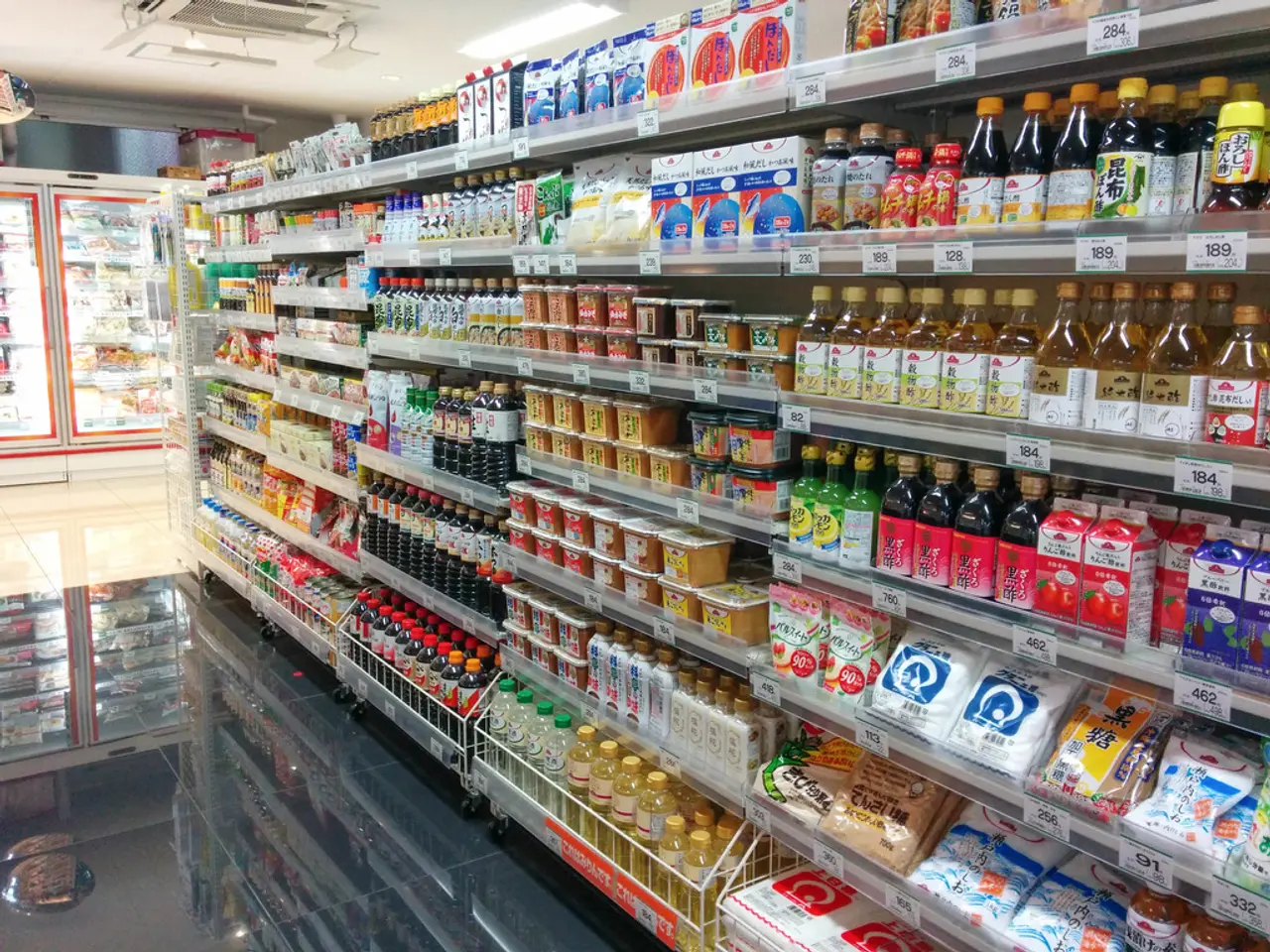Predictions Regarding the Future of Physical Retail Shops in 2023
In the ever-evolving world of retail, brick-and-mortar stores are adapting to the digital age, embracing technology, personalization, and immersive, interactive environments to enhance customer engagement.
The traditional checkout experience is being replaced with mobile Point of Sale (PoS) equipment and touchscreens to expedite the process, with over two-thirds of US customers anticipating automation to streamline the checkout process. In-store technologies like self-checkout and "Buy Online, Pick Up In Store" (BOPIS) are becoming commonplace.
QR codes are set to become a regular feature in the retail landscape, with nearly 60% of US customers expected to encounter them regularly. Retailers are also leveraging apps to help customers identify products in-store, addressing productivity pain points.
However, the lack of product knowledge and delayed response can deter potential customers. To combat this, retailers are implementing digital engagement tools like AI chatbots, live chat, and co-browsing to address support pain points.
The future of experiential retail is marked by the integration of innovative technology such as Artificial Intelligence (AI) and Augmented Reality (AR). AR enables customers to virtually try or visualize products in-store, while AI personalizes interactions through chatbots, generative art, or camera-tracked environments that adapt in real-time to shopper behaviour.
Tech-forward flagship stores, like Times Square's Tm:rw, combine over 120 brands with interactive zones, offering immersive brand installations, automated food experiences, and interactive zones. These spaces deliver unique, personalized experiences to each visitor, creating inspiration and personal connections.
Experience zones and storytelling setups, such as interactive cafes, smart grooming stations, and nostalgic social spaces, allow customers to explore products in lifestyle contexts, helping shoppers understand how products enrich their lives, not just highlighting features.
Blending purpose and creativity, retailers are moving beyond passive displays towards meaningful, memorable encounters deeply aligned with brand identity and customer lifestyle. This approach aims to make brick-and-mortar a key complement to online shopping rather than a competitor.
To address financial pain points, businesses must demonstrate the value customers will perceive in purchasing their offerings. Providing detailed product information and images can help demonstrate how a product works in practice, addressing productivity pain points.
As brick-and-mortar retail stores open in 2023, they must adapt to these technological advances and trends to provide a seamless, engaging, and personalized shopping experience for their customers.
- With the integration of AI and AR technology, retail stores are creating immersive, interactive environments to enhance customer engagement.
- In the home-and-garden industry, retailers are using QR codes and apps to help customers identify and learn about products in-store.
- To complement online shopping, brick-and-mortar stores are offering personalized, lifestyle-oriented experiences through spaces like interactive cafes and smart grooming stations.
- Business owners need to demonstrate the value and practicality of their offerings through detailed product information and images to address financial pain points in the personal-finance sphere.




